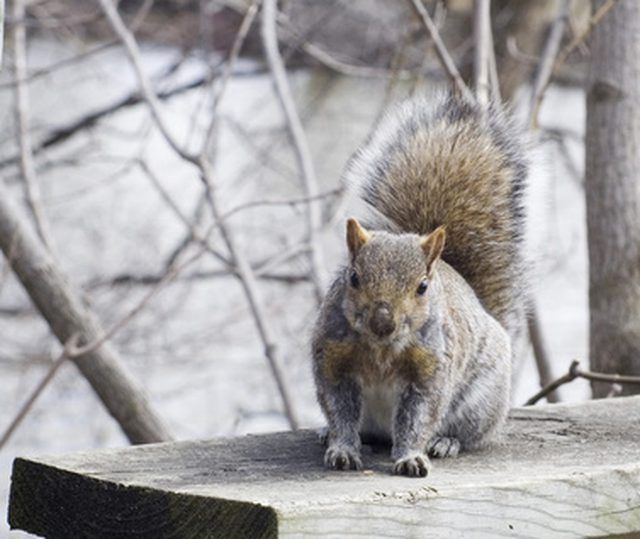Bulbs
Flower Basics
Flower Beds & Specialty Gardens
Flower Garden
Garden Furniture
Garden Gnomes
Garden Seeds
Garden Sheds
Garden Statues
Garden Tools & Supplies
Gardening Basics
Green & Organic
Groundcovers & Vines
Growing Annuals
Growing Basil
Growing Beans
Growing Berries
Growing Blueberries
Growing Cactus
Growing Corn
Growing Cotton
Growing Edibles
Growing Flowers
Growing Garlic
Growing Grapes
Growing Grass
Growing Herbs
Growing Jasmine
Growing Mint
Growing Mushrooms
Orchids
Growing Peanuts
Growing Perennials
Growing Plants
Growing Rosemary
Growing Roses
Growing Strawberries
Growing Sunflowers
Growing Thyme
Growing Tomatoes
Growing Tulips
Growing Vegetables
Herb Basics
Herb Garden
Indoor Growing
Landscaping Basics
Landscaping Patios
Landscaping Plants
Landscaping Shrubs
Landscaping Trees
Landscaping Walks & Pathways
Lawn Basics
Lawn Maintenance
Lawn Mowers
Lawn Ornaments
Lawn Planting
Lawn Tools
Outdoor Growing
Overall Landscape Planning
Pests, Weeds & Problems
Plant Basics
Rock Garden
Rose Garden
Shrubs
Soil
Specialty Gardens
Trees
Vegetable Garden
Yard Maintenance
How to Stop Squirrels From Chewing on Window Sills
How to Stop Squirrels From Chewing on Window Sills. The gray squirrel, the most common of the American squirrels, inhabits over two-thirds of the United States. Gray squirrels can cause some headaches for homeowners by chewing through screens, building nests in attics and gnawing at electrical wires. A squirrel chewing at a windowsill could be...

The gray squirrel, the most common of the American squirrels, inhabits over two-thirds of the United States. Gray squirrels can cause some headaches for homeowners by chewing through screens, building nests in attics and gnawing at electrical wires. A squirrel chewing at a windowsill could be trying to gain access to food inside the house, or, believe it or not, it could be trying to floss its teeth. According to Squirrels.org, a squirrel will sometimes bite down on wood or wires, pull its head back, and let the fibers go between its teeth. Whether the squirrels chewing your windowsill are hungry or merely practicing dental hygiene, there are steps you can take to humanely solve the problem.
.
Things You'll Need
Animal repellent
Bitter apple spray (optional)
Humane trap
Dirt and leaves
Small stones or weights (optional)
Peanut butter
Pet odor cleaning product
Remove and store any food that can be seen or smelled from the windowsill. A basket of fruit, a plate of cookies sitting out, loaves of bread in a breadbox on a kitchen counter---all are tempting to a hungry squirrel.
Apply an animal repellent to the windowsill. This may be enough of a deterrent to persuade the squirrel to move on. You can also try treating the windowsill liberally with bitter apple spray; this harmless but potent product seems universally distasteful to animals.
Call your city or county about the legalities of trapping and relocating a squirrel. You may need to get a city, county or state permit.
Rent or purchase a humane trap. These can be found at animal shelters, veterinarians' offices and sporting goods stores. Do not use the trap in the early spring or in the fall; the squirrel may have babies at that time, and trapping and removing her would sentence the young to slow starvation.
Cover the trap with leaves and dirt to reduce glare if the trap is new and shiny.
Observe the path the squirrel takes to get to the windowsill, and place the trap---open but unbaited---somewhere in that path, making sure it sits on a level surface. Leave it there for a few days so the squirrel becomes accustomed to its presence.
Bait the trap with a spoonful peanut butter on the trip level, touching the trip plate at both ends to make sure the trap works. If you think it isn't going to close quickly enough, you can weight the drop doors with small stones or fishing line sinkers.
Confine your own pets if you have cats and dogs that go outdoors.
Monitor the trap every few hours so you can release the squirrel soon after it is caught.
Drive the squirrel at least three miles away and release it in a wooded area where there will be food, water and shelter. Try to find a place that has a creek, lake, or other natural barrier to help prevent the squirrel's return.
Wash your windowsill thoroughly with an enzymatic cleaner marketed to remove pet waste and odor. It is important to remove the squirrel's scent.
Tips & Warnings
Be prepared for a raucous trip to the relocation site---the squirrel may be very vocal, chattering and scolding you furiously.
To avoid attracting other squirrels to your property, position bird feeders at least 20 feet away from the house, keep barbecue grills clean and covered, and keep garbage cans closed.
Although squirrels normally shoot straight into the underbrush---and away from you---when released, you should still wear protective clothing, boots and gloves to avoid the possibility of being bitten.